Our Library/Media Center is the heart and hub of our campus, the soul of our school, and a center for collaborative and cross-disciplinary learning. At The Willows, “learning commons” are not limited to our library space but encompass many areas on campus and together create a vibrant 21st century environment that encourages creativity and meaningful social exchange. The importance of common space in primary, secondary, and higher education is gaining attention and changing the landscape of schools.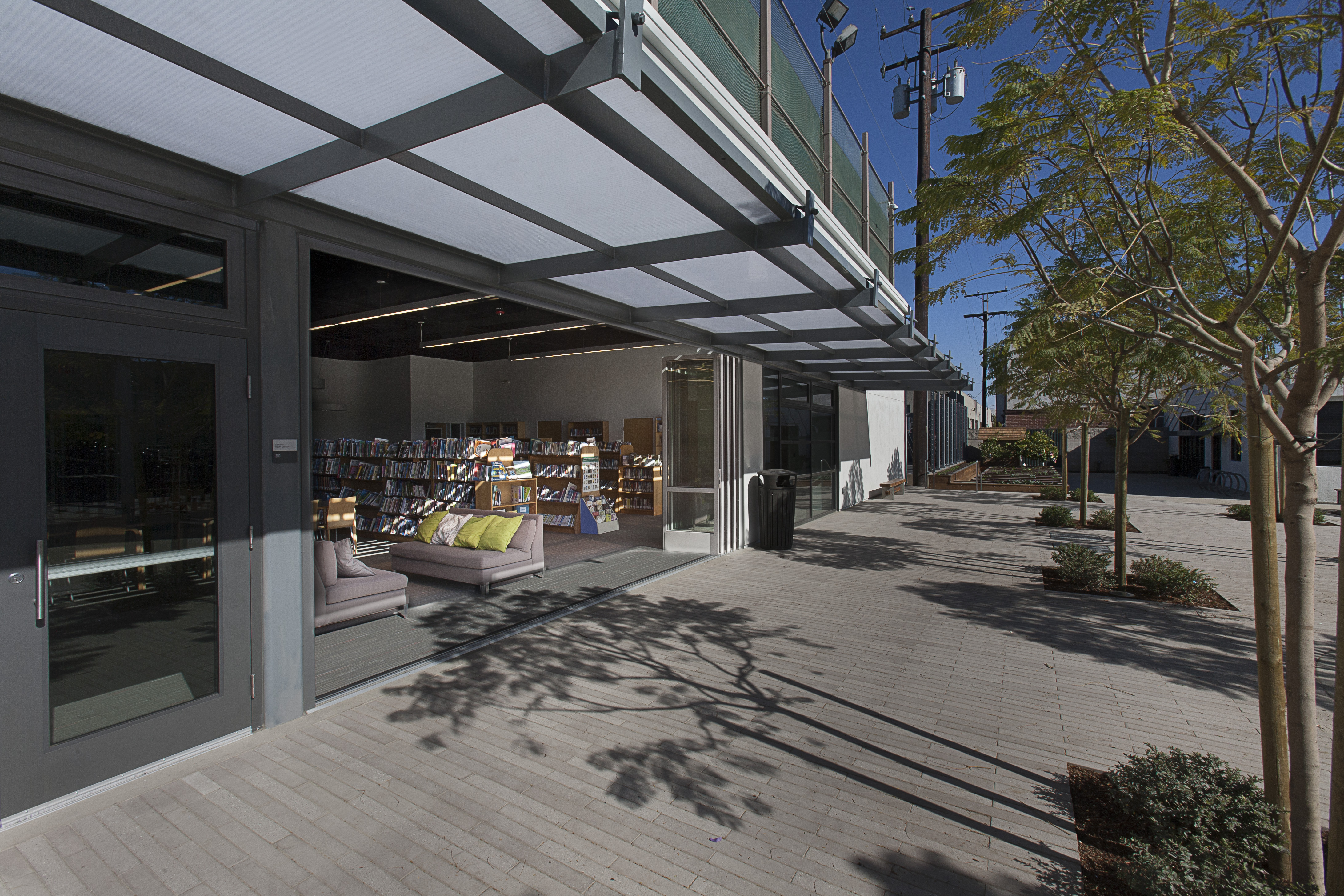
Last week, I presented with Dwight Long, Principal, and Kami Kincaid, Senior Project Manager, Pfau-Long Architecture and Elizabeth DuPuis, Associate University Librarian for Educational Initiatives & User Services Director of Doe, Moffitt, and the Subject Specialty Libraries, UC Berkeley at the 2016 California Association of Independent School (CAIS) Trustee/Head of School Conference in San Francisco on “The Evolution of the Traditional Library into Learning Commons.”
Elizabeth 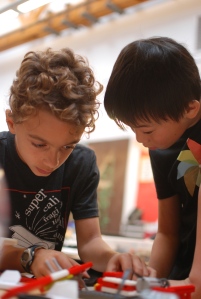 and I were aligned philosophically on the need for learning commons for elementary, middle, and college students with comfortable, flexible spaces to learn and collaborate as a group and study individually. Like Berkeley, our own Director of Library Services, Cathy Leverkus, has been very forward thinking, envisioning our library as a communal space, adaptable and ready to offer differentiated learning and new configurations that best meet our students’ needs in our constantly changing world.
and I were aligned philosophically on the need for learning commons for elementary, middle, and college students with comfortable, flexible spaces to learn and collaborate as a group and study individually. Like Berkeley, our own Director of Library Services, Cathy Leverkus, has been very forward thinking, envisioning our library as a communal space, adaptable and ready to offer differentiated learning and new configurations that best meet our students’ needs in our constantly changing world.
Collaboration Builds a School Culture and Community
Our Learning Commons facilitates many different types of collaboration: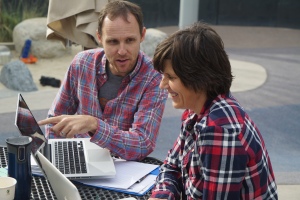
- Student to Student
- Student to teacher
- Teacher to teacher
It also allows a constant dialogue between lower and middle school teachers and teachers from different disciplines and specialties. Our campus environment is dynamic and generates an exceptionally joyful community of learners.
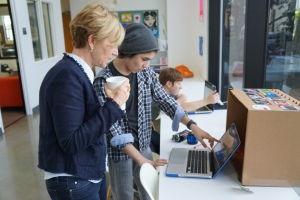 We share, question, and grow together. Our learning commons enhances this collaboration, which is a hallmark of The Willows educational approach, and is instrumental in shaping the soul and culture of our school.
We share, question, and grow together. Our learning commons enhances this collaboration, which is a hallmark of The Willows educational approach, and is instrumental in shaping the soul and culture of our school.
Intellectually and Architecturally Open
“The ideal school is designed to reflect an educational process that is nonlinear and encourages personal expression,” writes Eric Lloyd Wright, the Architect.
Our open and spacious environment inspires listening and learning on all sides. The campus is alive with endless possibilities in a climate of accessibility, creativity and companionship. 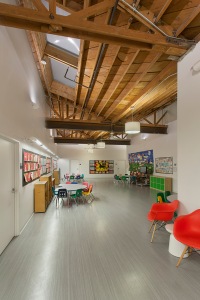 The space is almost museum-like with high walls and skylights. The light and air are conducive to learning.
The space is almost museum-like with high walls and skylights. The light and air are conducive to learning.
Hallways and common areas also serve as extensions of learning as art galleries and areas to display student work. Learning and sharing continues in this way as students are immersed in The Willows creative environment that values student work and provides students with daily proof of their own ability to impact the world with their own ideas and perspective. Teachers and students both see the projects and the work going on around them–there is great sharing and symbiosis.
Maximize Space – Optimize Learning
The learning commons configuration extends the classroom allowing for small group work and large project creation. The learning commons offers additional area to create a project too large for a classroom; teachers don’t limit their ideas knowing they may expand a concept into a commons area. 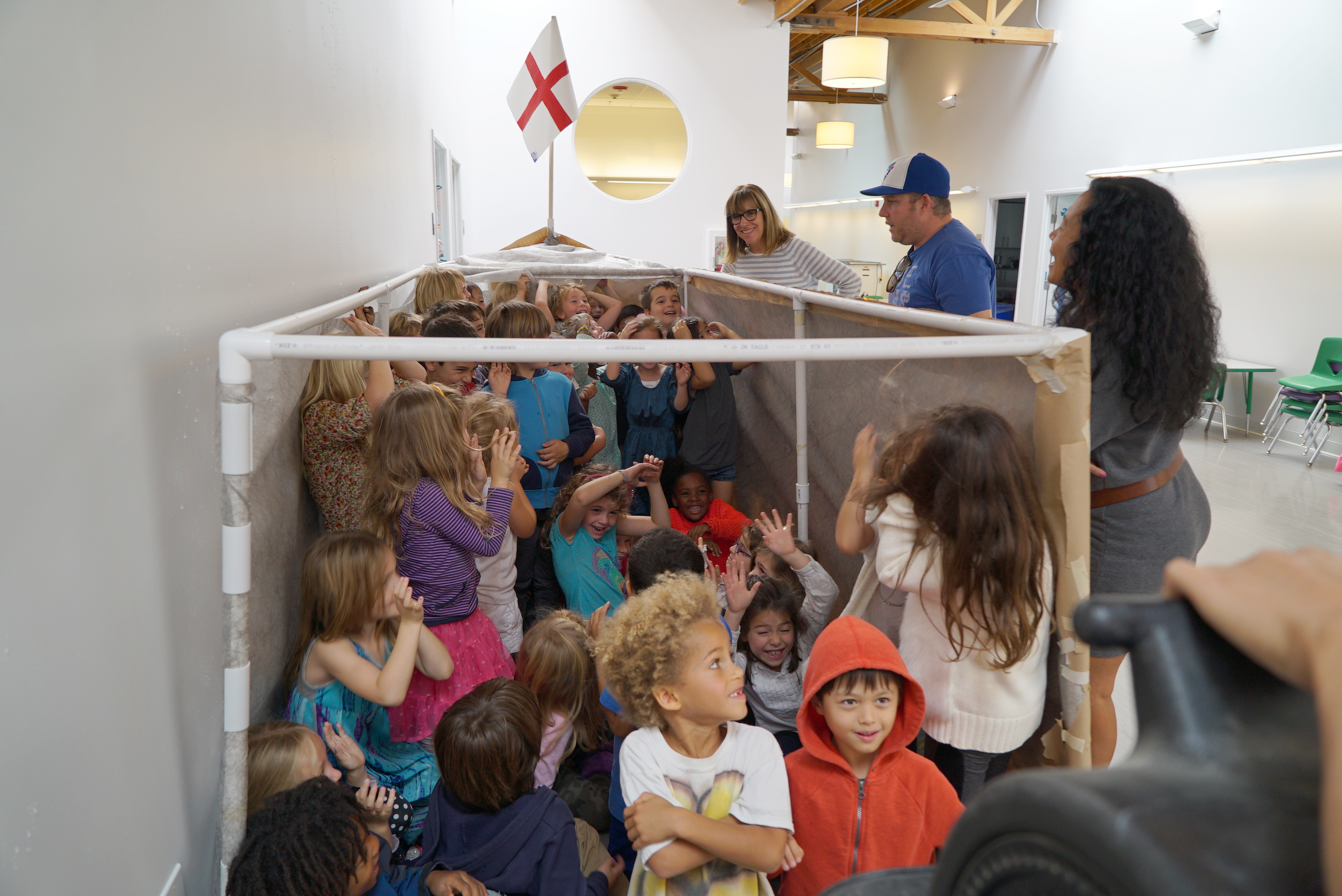 An example is the Kindergarten Maker replica of the Mayflower complete with wind machine, which would be impossible in a classroom, but is an exciting learning experience in the Willows 1 common space. All our spaces are intentionally flexible offering a myriad of learning experiences and cross-disciplinary and multi-age opportunities. In our learning commons, our middle school students often buddy with our youngest students assisting in hands-on projects that are the very heart of our DK-8 model, building empathy and offering leadership opportunities.
An example is the Kindergarten Maker replica of the Mayflower complete with wind machine, which would be impossible in a classroom, but is an exciting learning experience in the Willows 1 common space. All our spaces are intentionally flexible offering a myriad of learning experiences and cross-disciplinary and multi-age opportunities. In our learning commons, our middle school students often buddy with our youngest students assisting in hands-on projects that are the very heart of our DK-8 model, building empathy and offering leadership opportunities.
Educational leader John Dewey wrote, “If we teach today’s students as we taught yesterday’s, we rob them of tomorrow.” The Willows mission statement says that “each child brings our community an extraordinary gift: a curious mind, ready to explore and eager to learn.” Our mission is to grow that gift and to give them every opportunity to engage with each other and the ever-changing modern world around them.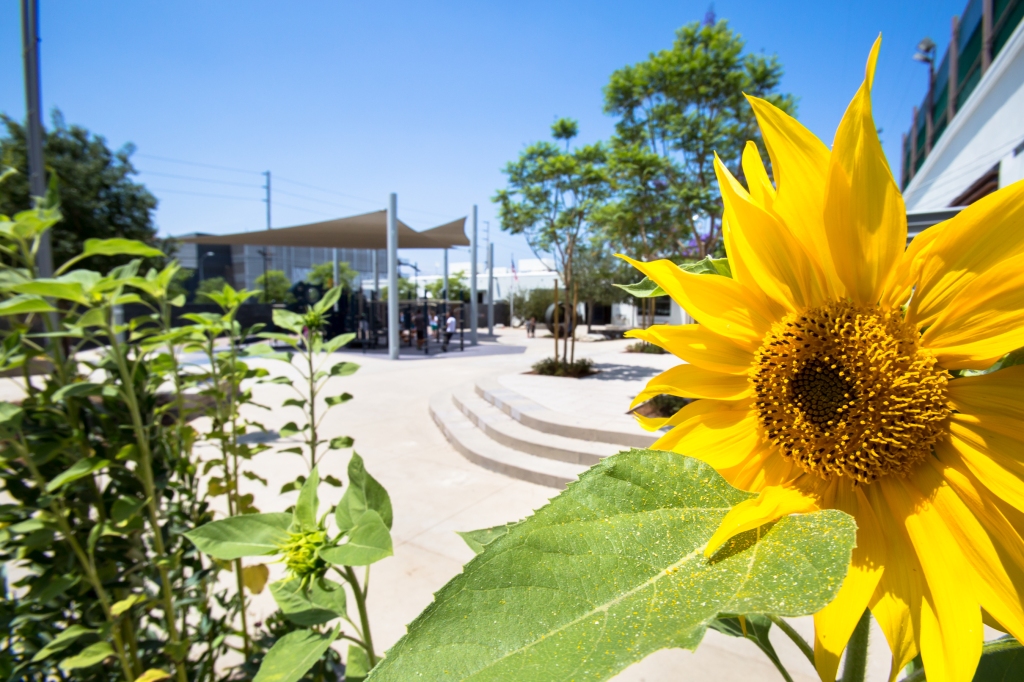
What better way to do this than on an open, expansive learning commons and campus?
